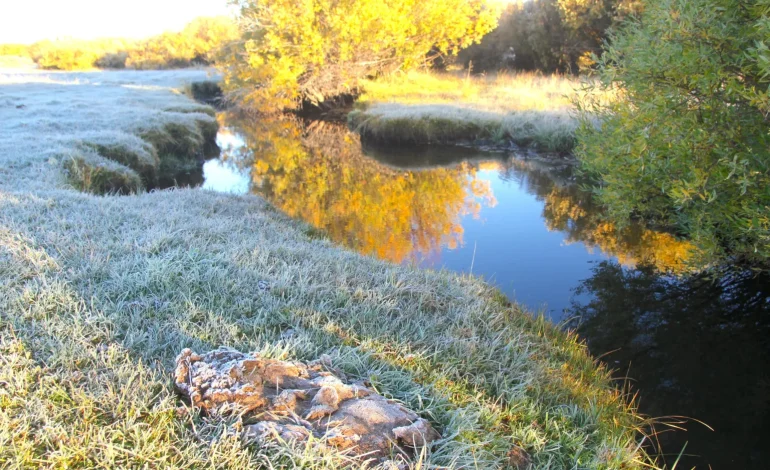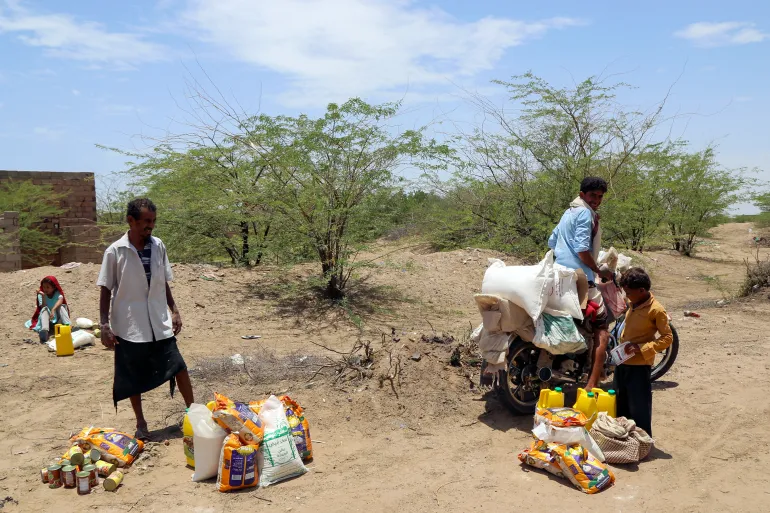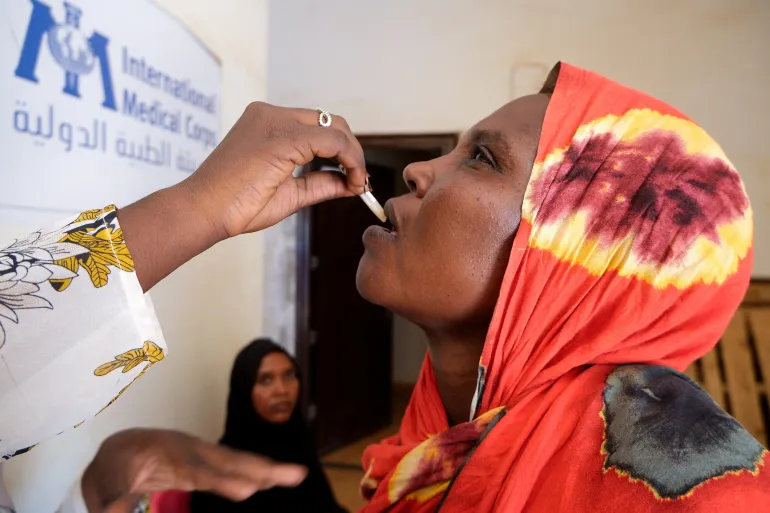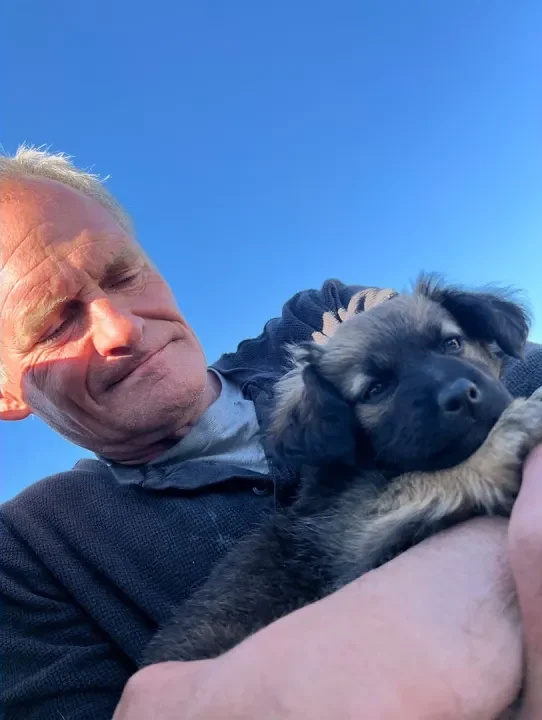Wyoming Moves to Reclassify Wind River Stream, Easing E. coli Limits — Critics Cry Foul

Wyoming regulators are taking another swing at wiping an E. coli impairment off Lander Creek, a small, scenic tributary of the Sweetwater River skirting the southwest tip of the Wind River Range. The state’s new proposal would reclassify a 2.5-mile stretch as rarely used for full-body recreation, lowering the bar for allowable fecal bacteria and nudging the creek back toward Clean Water Act “compliance” on paper.
Lander Creek has ping-ponged on and off the impaired-waters list for more than a decade. It first landed there in 2012 after environmental advocate Jonathan Ratner submitted samples showing elevated E. coli — bacteria that can cause nausea, vomiting and stomach pain if ingested. Industry groups pushed back, questioning Ratner’s methods and even his access to the sampling sites. State officials later tightened sampling rules for non-government testers and, in 2015, relaxed E. coli thresholds for small, low-flow streams, arguing they’re rarely used for immersive recreation.
Even under the state’s own follow-up testing in 2016, Lander Creek busted the limits, averaging about 318 organisms per 100 milliliters — roughly two and a half times the safety line back then — so it reappeared on the 2020 impaired list. But a local conservation district persuaded regulators to shrink the flagged segment from 6.3 miles to 2.5, and to revisit whether people actually swim or wade there. That re-review produced today’s proposal: a “use attainability analysis” that says full-body water play isn’t happening and isn’t feasible, so the stricter standard shouldn’t apply.
The creek cuts through grazing allotments tied to livestock lobbyist Jim Magagna and crosses ranch country in Campbell and Converse counties. Magagna says he’s never seen swimmers there and rarely even campers. Ratner, reached overseas as he recovers from a bike crash, isn’t buying it. He argues the state keeps changing the rules to dodge the obvious — that cattle in streams push E. coli over legal limits.
“They will do anything to avoid admitting that there is tons of cow shit in our water,” he said, adding that wherever cows have direct access, violations follow.
State officials counter that grazing isn’t the only source; wildlife, hikers, dogs and dispersed camping can spike bacteria, too. They also note that other creeks Ratner flagged — like Pacific Creek and Clarks Draw — cleared the newer, looser standard and would only have failed under the old one. Not everyone near Lander Creek agrees with the “no recreation” label either; one redacted landowner survey mentions plenty of camping, picnicking and wading.
What’s at stake isn’t just semantics. Reclassification would ease regulatory pressure on a stream that also traverses the Antelope mine’s orbit in the broader Powder River Basin, where water quality and reclamation worries track closely with energy and agriculture fortunes. Conservation groups say Wyoming’s recent cuts to coal and mineral royalty rates already mean slimmer public revenues; loosening water protections, they warn, risks compounding environmental liabilities if markets turn and cleanup lags.
Wyoming’s Department of Environmental Quality is taking public comments on the Lander Creek proposal through Oct. 22 via its online portal. Ratner says he won’t weigh in this time. After years of legal and political skirmishes over grazing and water quality, he says he’s stepped back:
“It was such a torrential downpour of effort to avoid complying with the Clean Water Act that I just gave up on Wyoming.”









The latest news in your social feeds
Subscribe to our social media platforms to stay tuned